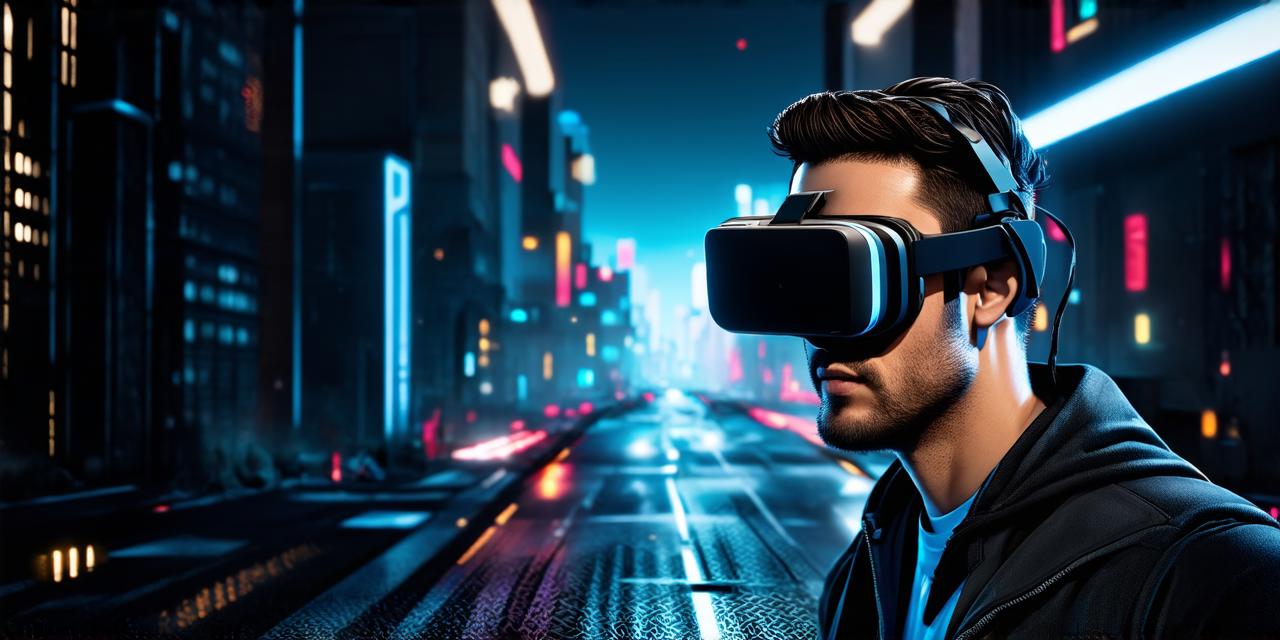Virtual reality (VR) games have become increasingly popular in recent years, offering players immersive gaming experiences that are unlike anything else.
As VR technology continues to advance, more people are looking to create their own VR games. In this article, we will explore the development process and techniques for creating virtual reality games.
1. Planning and Conceptualization
The first step in creating a VR game is to plan and conceptualize the game. This involves brainstorming ideas for the game’s storyline, characters, and gameplay mechanics. It also involves identifying the target audience for the game and determining what features and elements will appeal to them. This stage is critical, as it sets the foundation for the entire development process.
2. Game Design and Development
Once the concept has been finalized, the next step is to design and develop the game. This involves creating a detailed game plan, including level designs, character models, animations, sound effects, and other game elements. It also involves coding the game’s logic and mechanics, as well as implementing user interface elements such as menus and controls.
3. Testing and Optimization
After the game has been developed, it is essential to test and optimize it. This includes identifying and fixing bugs and glitches in the game’s code, as well as improving performance and reducing load times. It also involves gathering feedback from beta testers and users to identify areas for improvement and make necessary adjustments.
4. Marketing and Distribution
The final step in creating a VR game is to market and distribute it. This involves developing a marketing strategy that targets the game’s intended audience, as well as identifying appropriate distribution channels such as online stores and gaming platforms. It also involves pricing the game competitively and promoting it through social media, gaming websites, and other channels.
4. Case Study: Half-Life 2
Half-Life 2 is a classic VR game that was developed by Valve Corporation in 2004. The game’s development process involved planning and conceptualization, followed by game design and development, testing and optimization, and marketing and distribution.
The game’s storyline and characters were designed to appeal to a wide audience, while the gameplay mechanics were designed to be intuitive and easy to learn. The game’s performance was optimized through advanced graphics and sound effects, as well as careful coding of the game’s logic and mechanics.
Half-Life 2 received critical acclaim upon release, with many praising its immersive gameplay and engaging storyline. The game was also a commercial success, selling millions of copies worldwide.
5. Techniques for Creating VR Games
There are several techniques that can be used when creating virtual reality games. These include:
1. Room-Scale VR
Room-scale VR is a technique that involves creating a virtual environment that the player can move around in physically. This technique is ideal for games that require the player to interact with objects and environments within the game world.
2. Hand Tracking
Hand tracking is a technique that allows players to control their characters using hand gestures. This technique is particularly effective for games that involve puzzles, platforming, or other interactive elements.
3. Eye Tracking
Eye tracking is a technique that allows the game engine to track the player’s eye movements and adjust the game world accordingly. This technique can be used to create more immersive experiences by making the game world respond to the player’s gaze.
4. Motion Capture
Motion capture is a technique that involves recording the movements of real actors and using that data to animate in-game characters. This technique can be used to create more realistic and engaging character animations, particularly in games that require complex character interactions.
6. FAQs
1. What equipment do I need to create a VR game?
To create a VR game, you will need a computer with VR development software installed, as well as a VR headset and controllers for testing and development.
2. How long does it take to develop a VR game?
The development process for a VR game can vary depending on the complexity of the game and the team’s experience level. However, it typically takes several months to a year or more to complete a VR game.
3. What are the best practices for optimizing VR performance?
To optimize VR performance, it is essential to minimize load times and reduce motion sickness. This can be achieved by using advanced graphics and sound effects, as well as careful coding of the game’s logic and mechanics.
7. Conclusion
Creating virtual reality games requires careful planning, design, development, testing, and optimization. By following these steps and utilizing effective techniques such as room-scale VR, hand tracking, eye tracking, motion capture, and advanced graphics, you can create engaging and immersive gaming experiences that are unlike anything else. With the right approach and tools, anyone can become a successful VR game developer.
